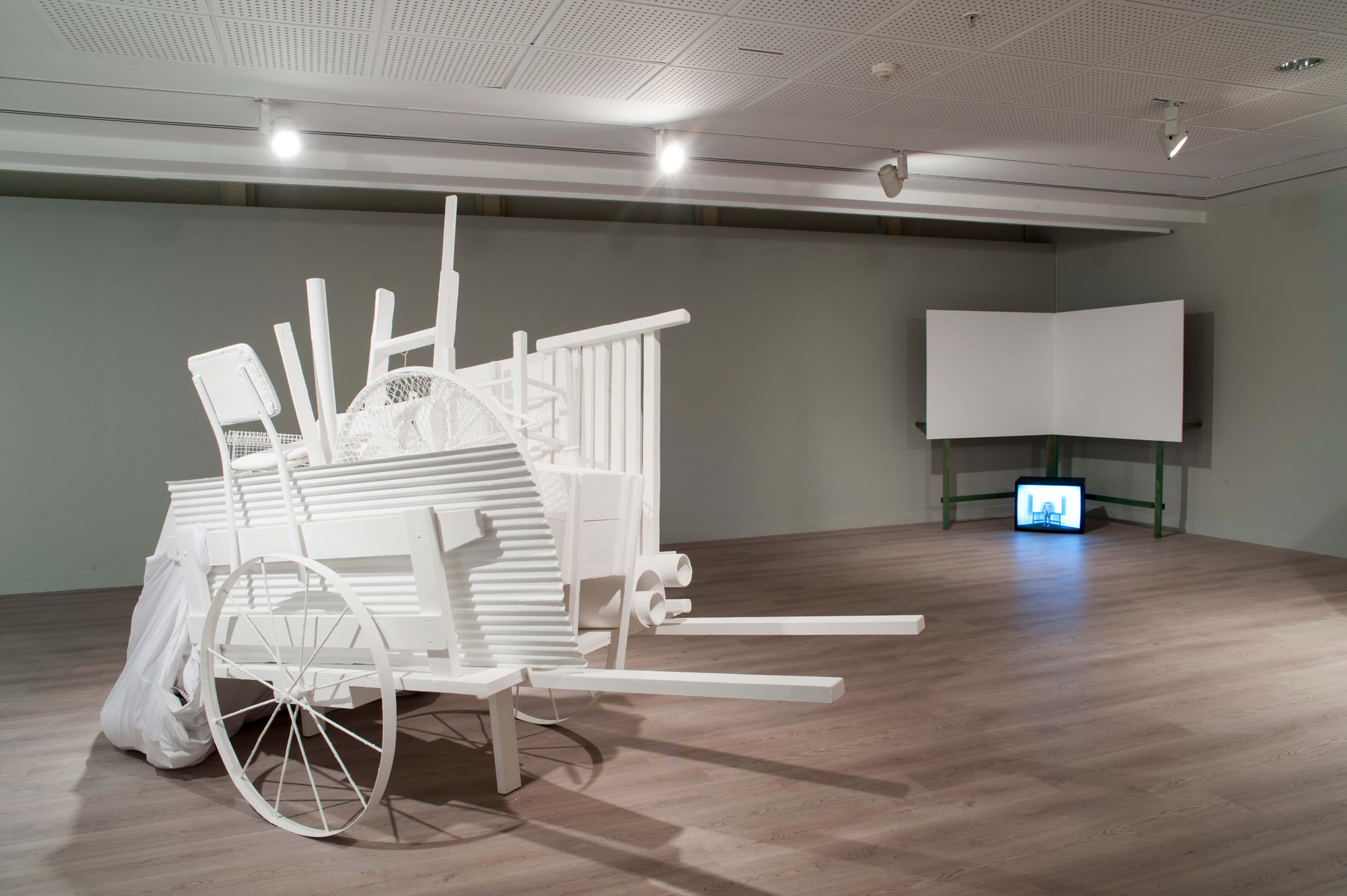13 April 2016

Pera Museum is proud to present an exhibition of Giorgio de Chirico, a pioneer of the metaphysical art movement and one of the most extraordinary artists of the 20th century.
Take a look at one of Giorgio de Chirico’s greatest graphical achievements, Calligrammes!
Calligrammes (1930)
In 1930, Éditions Gallimard published G. Apollinaire’s 1913 poetic work Calligrammes, which is illustrated with sixty-six monochromatic lithographs by de Chirico. Paying homage to his dear friend Apollinaire, Calligrammes constitutes one of de Chirico’s greatest graphical achievements in terms of originality. Exhibited here in its interiority, he chose to illustrate Apollinaire’s poems with the Sun on the Easel theme that he had recently developed in Paris. Often depicting two suns or moons connected to one another via a cable, one appears illuminated whilst the other celestial body is ‘turned off’. The flow of power between the two stops at a certain point. De Chirico places this sun-wire-sun or moon-wire-moon motif in both interior and exterior architectural settings.
Highlighting his various periods with examples from his earliest works to last ones, Giorgio de Chirico: The Enigma of the World exhibition took place at the Pera Museum between 24 February - 08 May 2016.

Pera Museum, in collaboration with Istanbul Foundation for Culture and Arts (İKSV), is one of the main venues for this year’s 15th Istanbul Biennial from 16 September to 12 November 2017. Through the biennial, we will be sharing detailed information about the artists and the artworks.

Coffee was served with much splendor at the harems of the Ottoman palace and mansions. First, sweets (usually jam) was served on silverware, followed by coffee serving. The coffee jug would be placed in a sitil (brazier), which had three chains on its sides for carrying, had cinders in the middle, and was made of tombac, silver or brass. The sitil had a satin or silk cover embroidered with silver thread, tinsel, sequin or even pearls and diamonds.
Tuesday - Saturday 10:00 - 19:00
Friday 10:00 - 22:00
Sunday 12:00 - 18:00
The museum is closed on Mondays.
On Wednesdays, the students can
visit the museum free of admission.
Full ticket: 300 TL
Discounted: 150 TL
Groups: 200 TL (minimum 10 people)